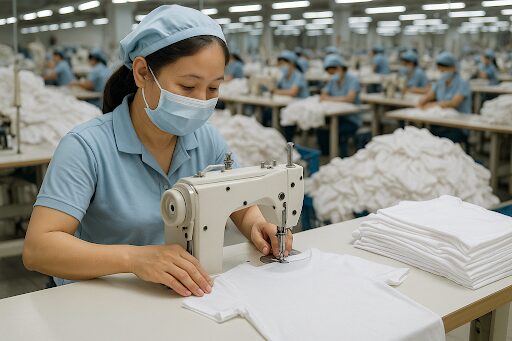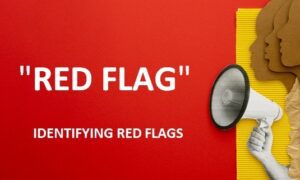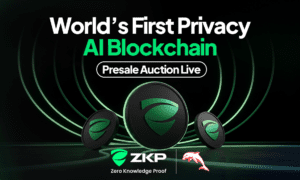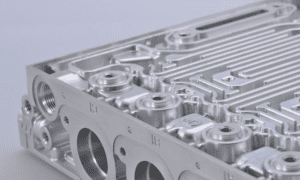Choosing between OEM (Original Equipment Manufacturer) and ODM (Original Design Manufacturer) is a key step in shaping how your fashion brand creates, launches, and delivers products. Each option offers different benefits in terms of speed, product control, and brand identity. Whether you’re working with sustainable clothing manufacturers or an activewear manufacturer, knowing how these models work can help you make the right move for your business.
OEM vs. ODM: Making the Right Choice for Your Product Strategy
Understanding OEM and ODM: What Sets Them Apart ?
When working with garment manufacturers, the choice between OEM and ODM mainly depends on your product vision, time-to-market needs, and how much control you want over design.
OEM manufacturers follow your detailed instructions—you provide the design, materials, and tech specs. This gives you full control but takes more time and money. On the other hand, ODM suppliers offer ready-made styles that you can slightly customize with your brand. It’s faster and cheaper but limits how unique your product can be.
Let’s compare them side by side:
| Factor | OEM Manufacturing | ODM Manufacturing |
| Design Control | You own the design. You provide all product specifications. | Supplier designs the product. You can make small changes. |
| Speed to Market | Slower, as designs need sampling and testing. | Faster, as the designs are pre-made and ready to go. |
| Intellectual Property | You keep full rights to your designs. | IP usually belongs to the manufacturer unless agreed otherwise. |
| Development Cost | Higher due to custom work and testing. | Lower because most work is already done. |
| Brand Differentiation | High – your product stands out. | Lower – other brands may use similar designs. |
| Product Customization | Full – you choose fabrics, trims, fit, and more. | Limited – only minor changes allowed. |
| Best For | Brands seeking uniqueness and control. | Brands that want to launch quickly and minimize risk. |
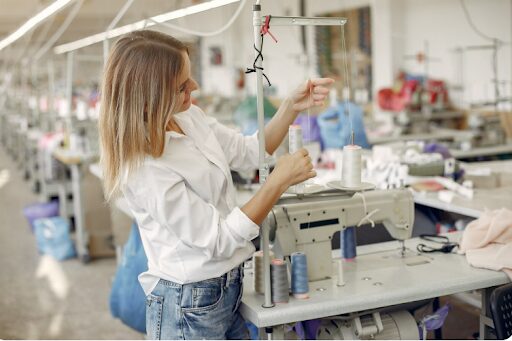
OEM offers full customization based on your specs, while ODM provides ready-made designs for faster launch, but with less flexibility
Which Option Suits Your Business Best?
There’s no single right answer—your brand’s current stage, resources, and product complexity all play a part in the decision.
For newer brands or startups with limited time or budget, ODM is a practical way to launch quickly and learn the market. With ready-made designs, you can focus on sales and brand building while keeping development simple.
OEM is better for brands that already have a strong product idea or established identity. If your customers expect original styles or performance-driven features—such as seamless leggings or eco-friendly sportswear—OEM gives you the freedom to create something distinct.
Also, product complexity matters. Simple garments like T-shirts or hoodies may work well with ODM. But for functional items like high-tech activewear, unique fabric blends, or products with special features, OEM is often the smarter route.
Think long term too. If your goal is to be known for creativity, innovation, or quality craftsmanship, OEM aligns better. But if speed, trend responsiveness, or storytelling is your focus, ODM might help you move faster while testing ideas.
Some brands even use both models: launching basic pieces through ODM for quick turnover, while investing in standout designs via OEM to build brand value over time.
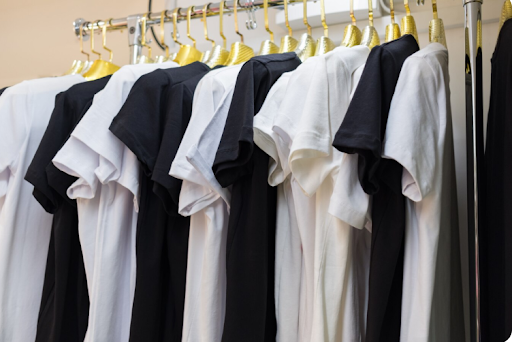
Product type and brand stage determine the right development model
Conclusion: Should You Choose OEM or ODM?
In the end, your choice between an OEM or ODM model should match your team’s strengths, your product goals, and how you want your brand to grow.
Choose OEM if:
- You have a capable product development or R&D team.
- You need total control over design, materials, and production.
- You want to create original pieces with a strong identity—common among sustainable clothing manufacturers who prioritize ethical sourcing and full transparency.
OEM requires more time, effort, and cost, but it gives you freedom to build something unique that reflects your brand’s DNA.
Choose ODM if:
- You need to enter the market quickly and minimize development work.
- Your team has limited experience in design or manufacturing.
- Your brand follows seasonal trends or works with fast-changing collections.
For example, if you’re working with an experienced activewear manufacturer under the ODM model, you can use their proven designs to scale quickly and affordably—ideal for growing a trend-driven brand.
Ultimately, both OEM and ODM can work well depending on your needs. What matters most is making a choice that fits your product strategy, budget, and vision. When used wisely, either path can support growth and help your brand succeed in today’s fast-moving market.

